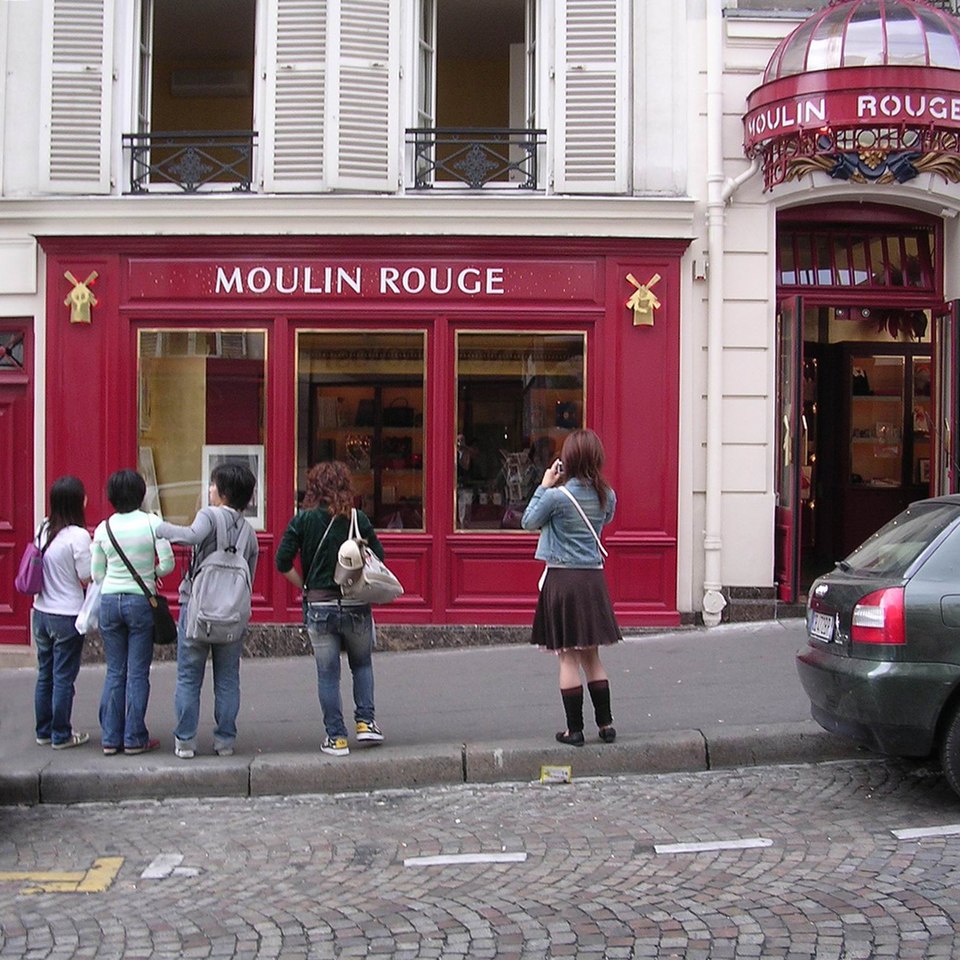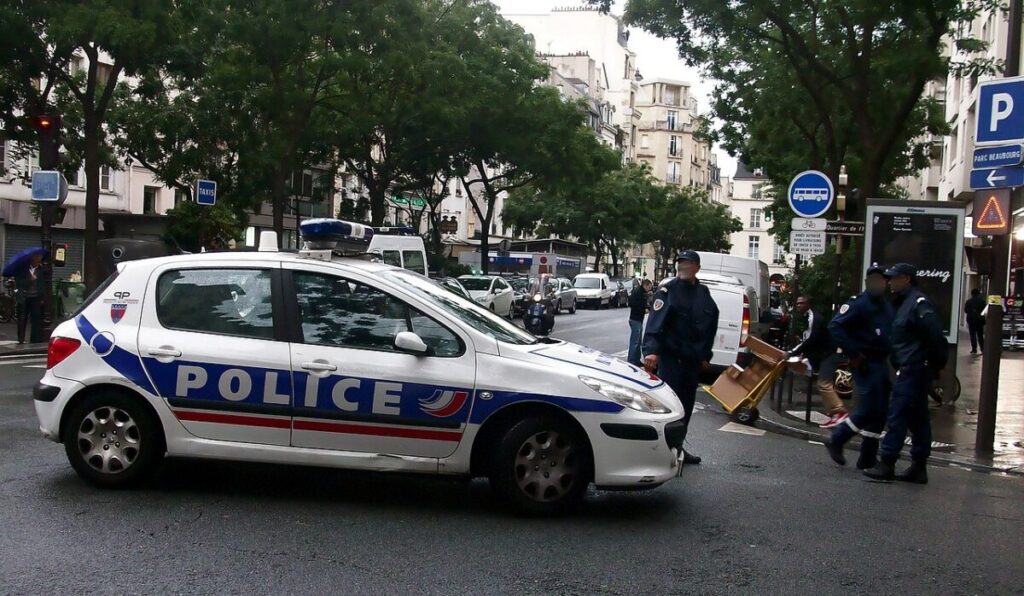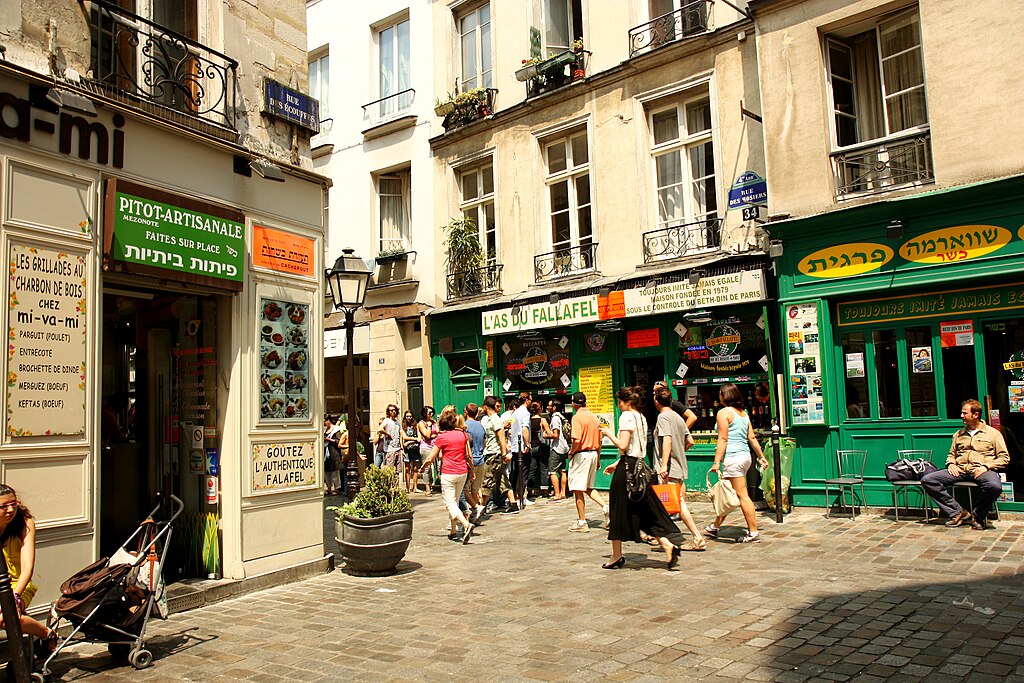Is Paris Safe to Visit ? What Locals and Travelers Say
When you scroll through social media, it can sound like Paris is a city full of danger and scams waiting at every corner. But if you talk to people who actually live there or visit often, a much more balanced picture emerges. Paris has its issues, like any big city, but most of what visitors face comes down to pickpockets, not violence.
Here’s a detailed look at what people who know the city well say about safety,.
Paris Is Generally Safe

Violent crime in Paris is extremely rare. Guns are almost nonexistent, and locals often find American-style fears of “bad neighborhoods” amusing.
The city’s dangers are mostly limited to petty theft – phones, wallets, and handbags in crowded tourist spots or metro cars.
The same rules that apply in Rome or Barcelona work here too: stay aware of your surroundings, keep valuables close, and don’t leave your phone hanging out of your pocket.
Police presence is visible, especially in busy areas and around major events like Fashion Week. Tourists who use the metro, walk around, and explore late into the evening report feeling as safe as they do in any other major European city.
Why Americans Worry More
Visitors from the U.S. often find it strange that Parisians don’t obsess over “safe” or “unsafe” sides of the city. In many American cities, there’s an entire area you’d avoid completely; in Paris, danger doesn’t follow that pattern.
There are fewer weapons, fewer random attacks, and no culture of widespread gun ownership.
Some visitors admit they arrive anxious after watching alarmist YouTube videos that profit from fear. Locals say these videos rarely show the everyday reality of a city where millions walk, cycle, and take the metro daily without incident.
Common-Sense Habits
The most consistent advice from people who live in Paris: small, practical actions go a long way.
Cross-body bags worn in front, zipped backpacks, and wallets kept in front pockets make a real difference. On the metro, swing your backpack around to your chest and stay alert when car doors open.
Scammers often target tourists in very specific ways – offering to tie a bracelet on your wrist, asking for signatures on fake petitions, or pretending to collect donations. A firm “no” and moving away ends the interaction.
At airports and train stations, ignore anyone offering a “taxi” outside official stands. Real taxis line up in marked areas, and ride-share apps work reliably.
When you stop to check your phone or bag, step aside instead of blocking the sidewalk and drawing attention.
Neighborhoods: Where to Relax and Where to Be More Alert

Locals agree: most of Paris is safe to walk through at any hour of the day. Still, a few areas are worth some caution after dark.
Around Sacré-Cœur and Anvers metro, pickpocketing and bracelet scams are frequent. Trocadéro and the Eiffel Tower area also attract aggressive sellers.
Some Parisians say they avoid walking alone late at night between Place de Clichy and Barbès, especially as women.
Clignancourt and a few far northern suburbs can feel rough at night, though they’re nothing like dangerous “no-go zones” shown in sensational media.
Surprisingly, several locals mention Champs-Élysées as the place where they’ve felt least comfortable. Not because of gangs, but due to drunk crowds and fights when clubs close.
On the other hand, many neighborhoods with a bad reputation, like Château Rouge, Belleville, République, and Pigalle, are full of locals, food markets, and nightlife. They stay busy late and often feel safer than empty upscale areas after dark.
Women’s Perspective
Opinions differ on how safe Paris feels for women. Some say they walk home from parties in neighborhoods like Belleville and Saint-Denis without trouble, while others advise avoiding metro or RER rides alone at night.
Incidents like a recent sexual assault near the Eiffel Tower remind travelers that awareness still matters, especially in quiet or isolated places.
For women traveling solo, taxis remain a safer option late at night. Dressing confidently, walking with purpose, and avoiding intoxicated crowds are good precautions to take in any large city.
Everyday Realities (by Locals)
People who live in Paris often highlight something travelers miss: poverty doesn’t equal danger. Working-class and immigrant neighborhoods are part of what makes Paris so diverse and lively.
Areas like Little Africa in Château Rouge or Chinatown in Belleville are full of color, food, and street life.
Visible homelessness, graffiti, and alcohol use in some districts may unsettle tourists, but these are social issues. Locals describe them as signs of inequality, not aggression.
Many long-time residents who have lived in all sorts of areas of Paris only report seeing a few pickpocket incidents over many years.
Perception Differs
Canadians often mention that pickpocketing barely exists back home. People in Toronto or Vancouver leave laptops on café tables without concern. In Paris, doing that would invite trouble, as theft is opportunistic and fast.
This difference in perception often explains why Europeans shrug off warnings while North Americans overprepare.
As one frequent traveler puts it: being robbed in Paris is unlikely, but being careless in a crowd makes it much more likely.
The Myth of “Dangerous” Paris
Some locals blame the city’s negative reputation on political narratives that link crime to immigration. Others note that news outlets exaggerate incidents for clicks.
Painting entire neighborhoods as unsafe discourages visitors from discovering what makes Paris truly unique: its multicultural food, street markets, and energy. Fear keeps travelers from seeing half the city.
Locals often point out they’ve seen more fights near the Champs-Élysées than in working-class districts.
What’s Actually Dangerous
The genuine risks in Paris are simple and predictable. Pickpockets target distracted tourists in crowded metros, train stations, or around landmarks like the Louvre.
Scammers cluster near monuments. Phones left on café tables disappear.
Violent attacks are extremely rare and usually isolated incidents involving individuals who already know each other.
Police presence remains high, and emergency response is quick. For most travelers, the biggest “danger” is losing time at a police station filing a report for a stolen phone.
In Conclusion
Paris is full of people walking home late from concerts, crowded terraces open past midnight, and neighborhoods alive with cafés, bakeries, and small markets. For millions of residents and visitors alike, it’s not a city of danger.

